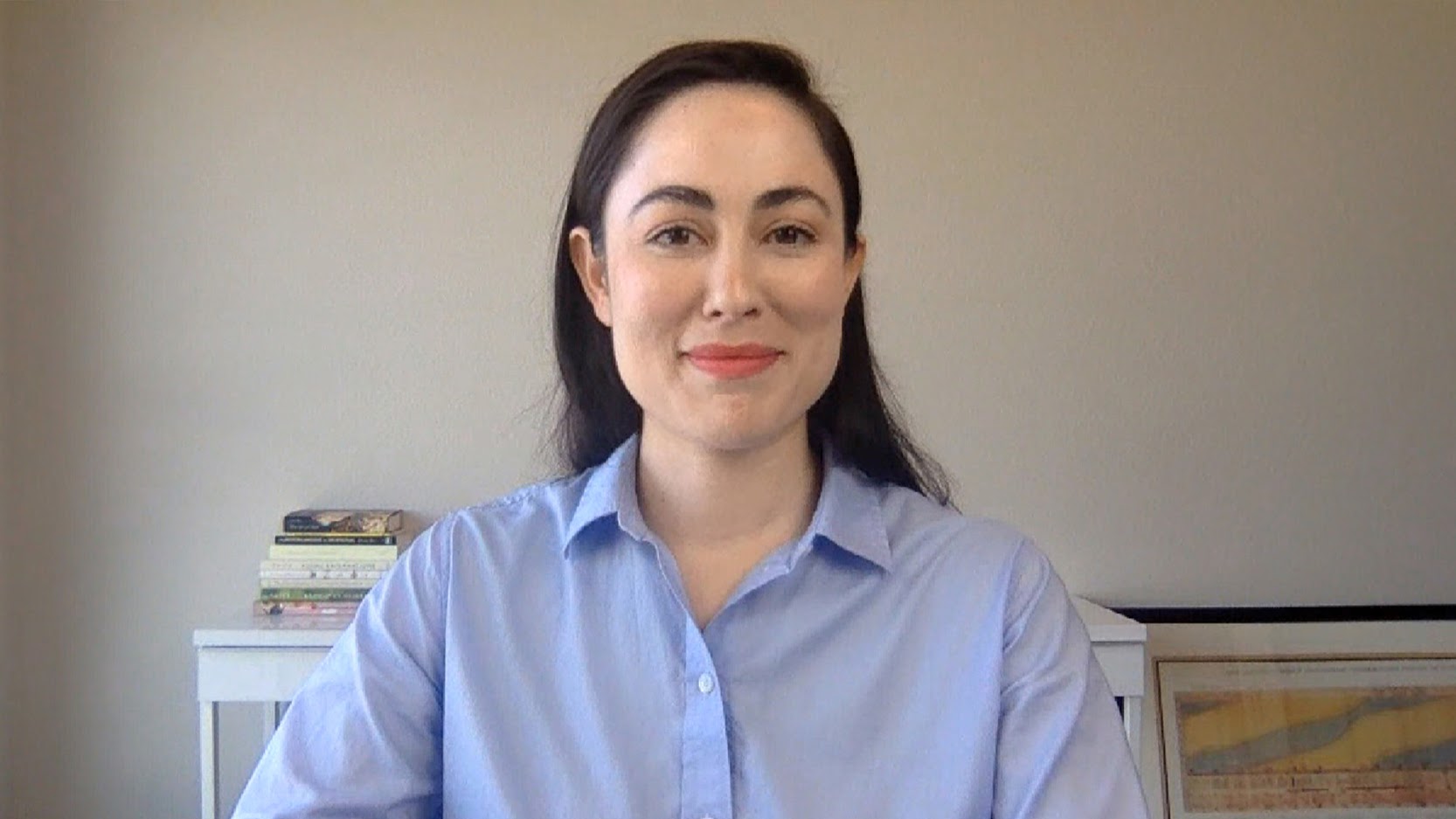 INFRA
INFRA
 INFRA
INFRA
 INFRA
INFRA
COVID-19 caused a lot of people to wonder just what they’d do without a network connection. For enterprise heads, that particular scenario involved more than being bereft of Instagram for a little while — such as lost business and lasting marks on their reputation. That’s eye-opening, given many enterprise chiefs outsource several information technology services these days and may possess little intel on their internet connections.
Businesses increasingly depend on external providers of things such as cloud resources rather than maintaining their own computing infrastructure. In the event of a disruption, they may have no direct means to pinpoint what is broken or how to repair it, according to Angelique Medina (pictured), director of product marketing at ThousandEyes Inc. This is why enterprise businesses should be on the hunt for tools that give them insight into the services on which they depend.
“Being able to see into these external services and understand how they’re performing and have that visibility so you can communicate is really important if you’re going to be successful operating in this new IT reality,” Medina said.
Medina spoke with Stu Miniman, host of theCUBE, SiliconANGLE Media’s livestreaming studio, for a CUBE Conversation. They discussed the value of visibility into external services and networks in modern enterprise IT. (* Disclosure below.)
Spurred by coronavirus-related disruptions, ThousandEyes just put out its “Internet Performance Report: COVID-19 Impact Edition.” Findings include a 66% increase in internet service disruptions globally at the height of the pandemic, which declined in subsequent months. Disruptions in North America are now up just 20% from where they were in January/February, according to Medina.
Also in North America, interestingly, cloud disruptions outnumber internet-service provider disruptions, bucking the global trend. In the U.S., ISP outages also tend to occur outside of normal business hours, making them less disruptive, Medina added.
Armed with such information, businesses can choose their external providers based on their likely availability, hold them accountable for outages, influence how they operate, etc. “The only way for you to know how your provider is performing or how the key services that you rely on are performing is to have visibility, because these days, very often you don’t directly own or manage it,” Medina concluded.
Networking legacy Cisco Systems Inc. recently announced that it will acquire ThousandEyes for $1 billion. Stay tuned to SiliconANGLE and theCUBE for up-to-the-minute updates on how the deal unfolds.
Watch the complete video interview below, and be sure to check out more of SiliconANGLE’s and theCUBE’s CUBE Conversations. (* Disclosure: ThousandEyes Inc. sponsored this segment of theCUBE. Neither ThousandEyes nor other sponsors have editorial control over content on theCUBE or SiliconANGLE.)
THANK YOU